Schloss von Heidegg
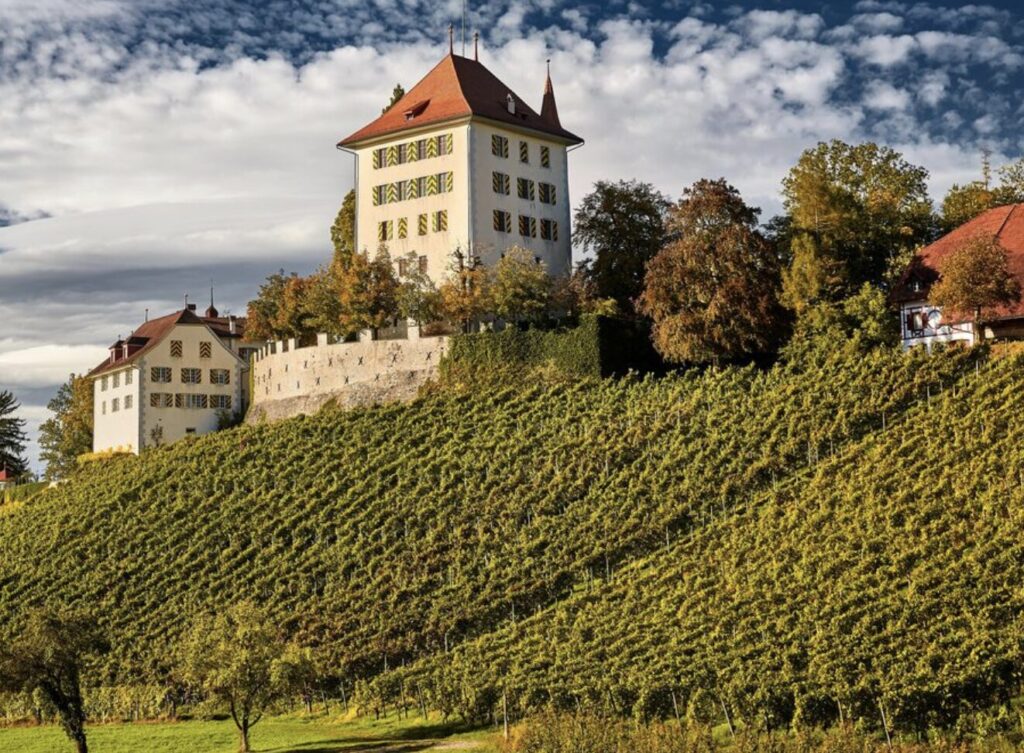
The Castle on the Hill, Gelfingen, Switzerland

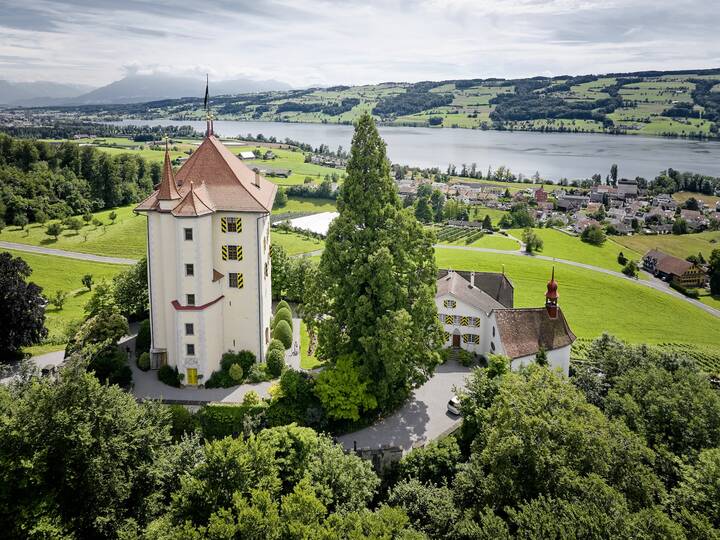
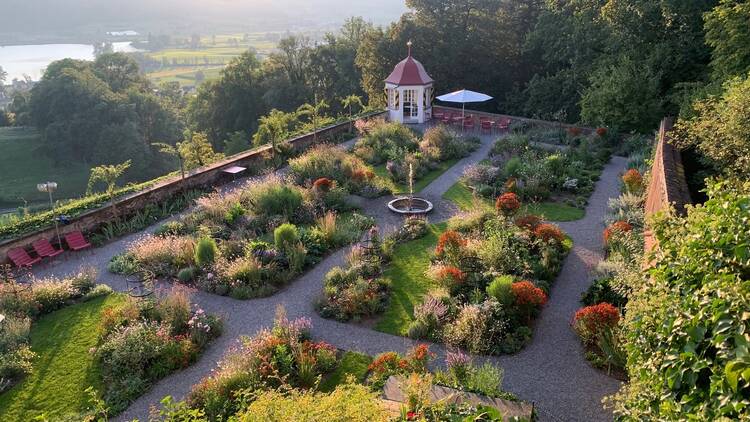
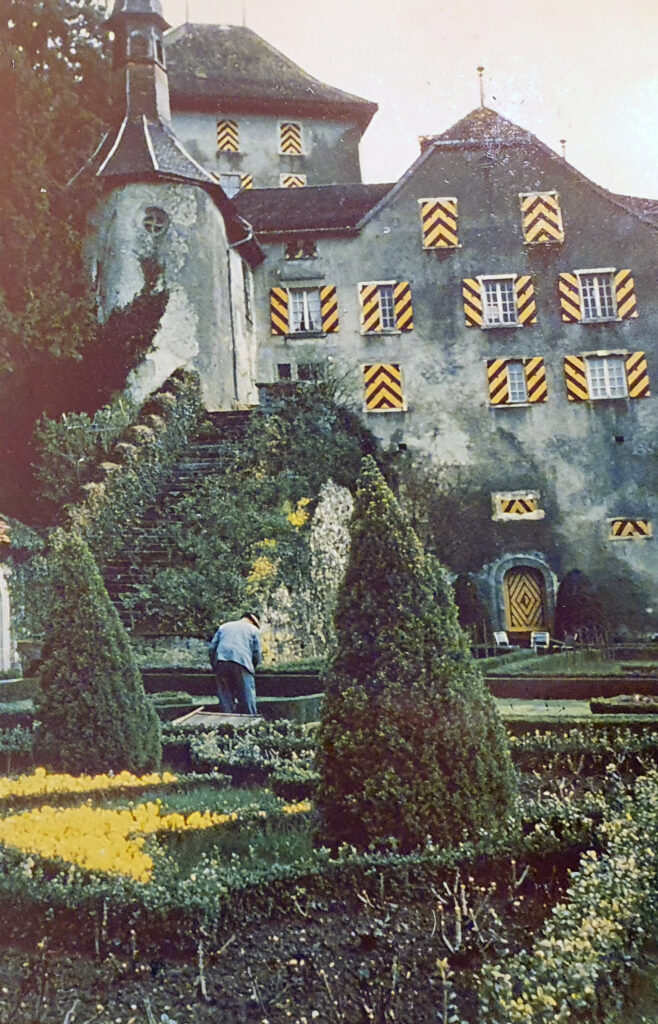
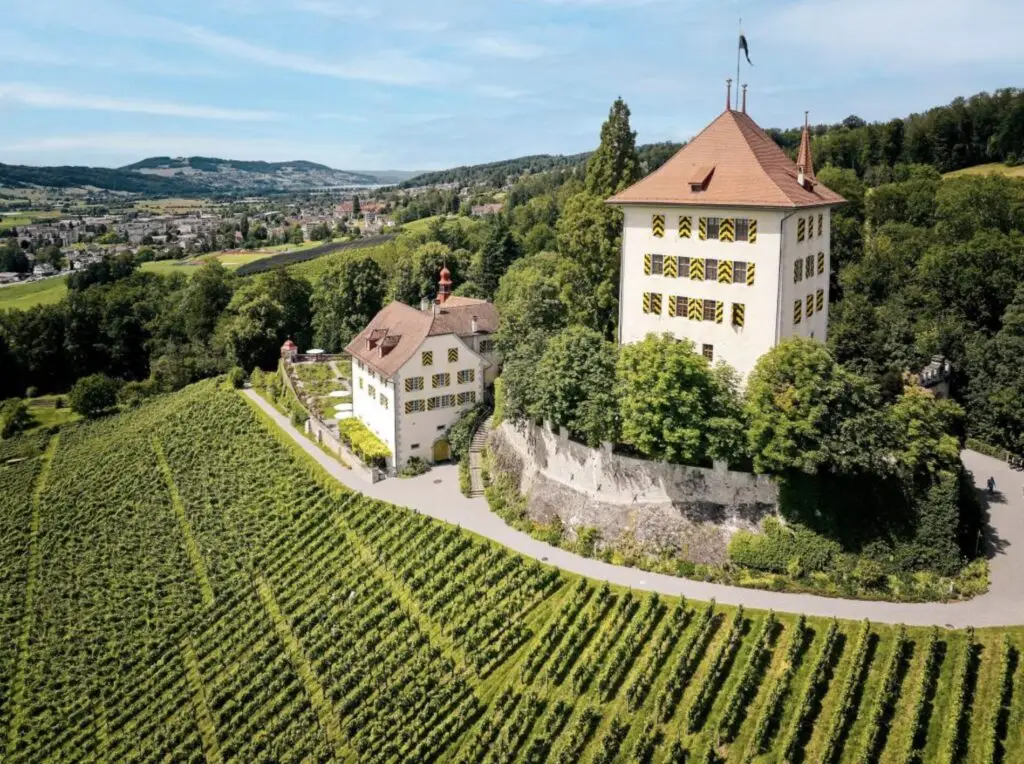
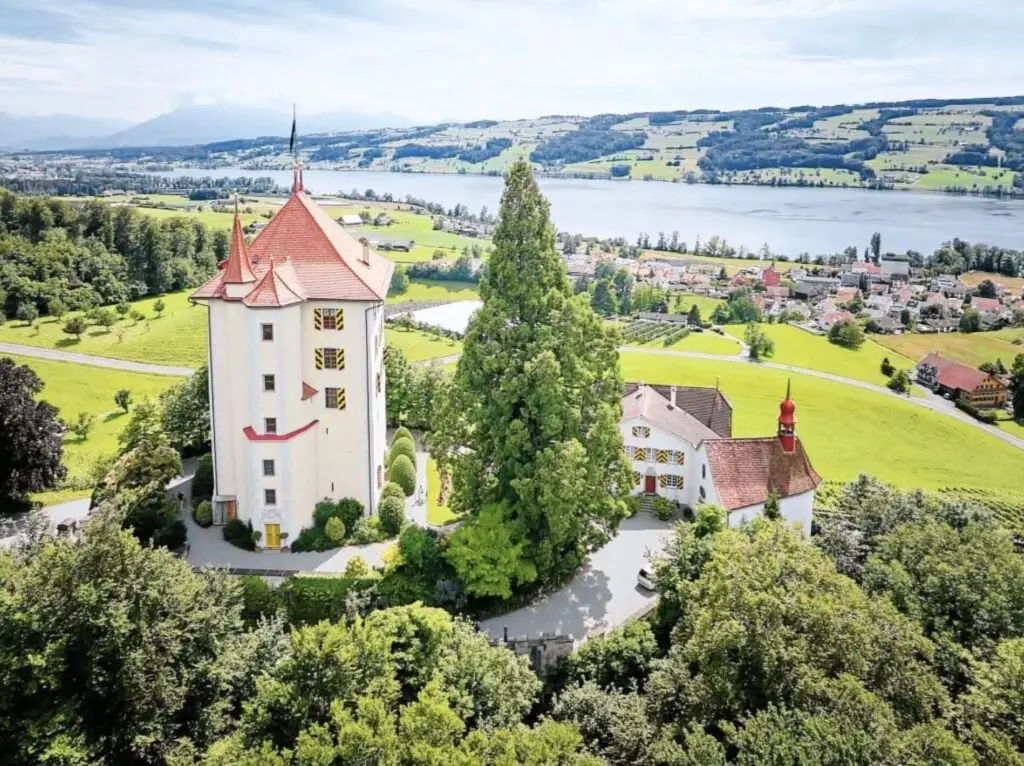
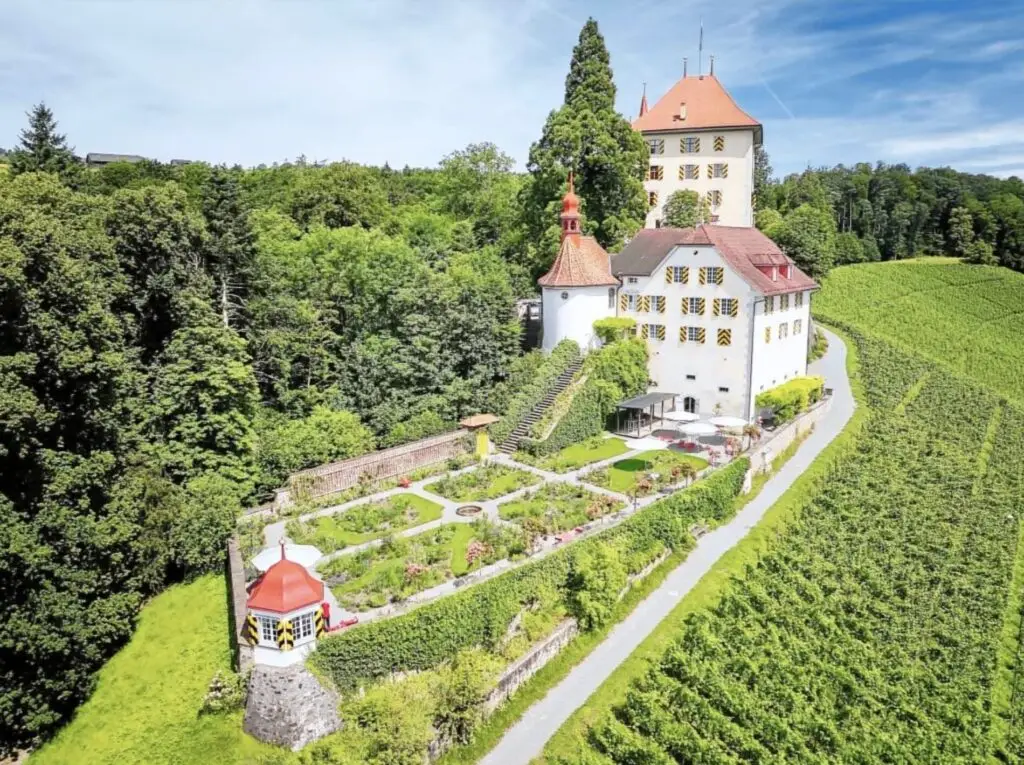
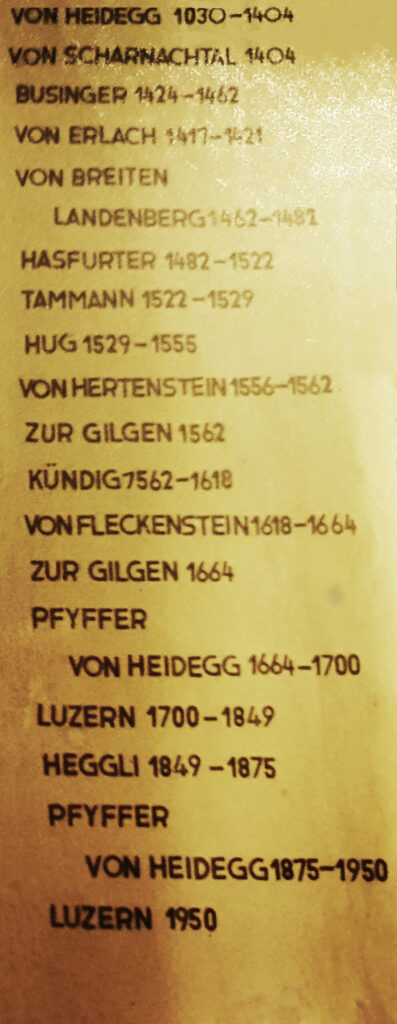
Others found their place near Aaran, where they held the tower, as it was known, and from whence came forth mayors and esteemed members of the council. Still others ventured to Zofingen, Solothurn, and Waldshut, and from these Swiss lands, they did, from time to time, journey forth to Franconia, Brandenburg, Nuremberg, Augsburg, and beyond. There, they held positions of import in both the secular and spiritual realms, earning posts of honor. Some were even elevated to the rank of Baron within the Holy Roman Empire, whilst fortune did not smile so brightly upon others, causing their standing to wane.
Yet, in the dawning of the sixteenth century, a scion of this house returned from Nuremberg to Zurich, and from this line sprang forth a multitude, who became most eminent, particularly within the Church. Divers of their number rose to become mayors, treasurers, members of the council, and presidents of trade unions, and even to this very day, this branch of the family prospers in that fair city.
Furthermore, it is recounted that the Barons of Heidegg held dominion over the town of Heydeck, in Nordgau, and resided within the castle known as Castle Mountain, or Schlossberg, as it was called in their tongue.
For many ages, this feudal edifice served as the ancestral seat of the noble Heidegg family. Today, however, it houses the history and cultural heart of the Seetal valley. This castle was the very nucleus of the Lords of Heidegg’s power, the center of their land and court dominion. According to the most recent dating, undertaken in 2013, Heidegg stands as the oldest known residential building within the Canton of Lucerne.
Upon the grounds of Heidegg, according to oral tradition, four Sequoia trees were planted in honor of the four Pfyffer children: Mathilde (born 1873), Elisabeth (1876), Marie-Louise (1884), and Marie-Gabrielle (1890). Measured by their timber volume, these redwood trees, native to California, are the largest in all of Switzerland. Their arrival in Switzerland can be dated with considerable precision. In 1871, the Swiss Forest Association received 454 grams of sequoia seeds, and five were planted at Heidegg in the 1880s.
In the year 1849, following the Sonderbund War, a farmer by the name of Josef Heggli acquired the land and buildings at auction. Within the castle tower, he hosted theatrical performances, and in the Lehenhaus, he served the very wine of Heidegg. South of the castle, he even constructed a new bowling alley for the folk of the Hitzkirch Valley. When Caroline de Pfyffer Heydegg came to Lucerne, she was so captivated by Heidegg that she resolved to buy it back. However, it proved impossible to reclaim the entire estate in its former glory, with the Lake of Heydegg (now called Baldeggersee), all the state woodlands, and the numerous farms and lands. In 1875, Heggli sold the buildings, the nearer farm, and the surrounding meadows and woodlands – which were mortgaged for around 60,000 Swiss Francs – to Pfyffer for the sum of 150,000 Swiss Francs, the lake remaining separate.
The new owners swiftly embarked upon structural repairs, first improving the habitability. Within the three floors above the wine cellar of the former feudal residence, apartments were fashioned. At the same time, Pfyffer had the chapel restored and weekly mass reinstated. The farm was entrusted to a tenant, and the outbuildings were rebuilt.
For centuries untold, fruit trees, but above all grapevines, have shaped the agricultural landscape of Heidegg. Viticulture in the Seetal valley has been documented since the late Middle Ages. The steep castle hill, cloaked in vines, only served to enhance the stately character of Heidegg. However, at the dawn of the 20th century, viticulture at Heidegg came to a standstill. Section by section, the vines were cleared and replaced with fruit trees. During the Second World War, the two elderly owners entered into negotiations with the Canton of Lucerne. A donation agreement was finally signed in 1950. Mathilde von Glutz retained the right of residence on the top floor of the castle, while her sister, Marie-Louise de Chambrier, moved to Lucerne.
Since the year 1950, Schloss Heidegg has been the property of the Canton of Lucerne. The residential museum within its walls now recounts the story of the last noble owners: Lucerne’s Ludwig Pfyffer von Heidegg, his wife Caroline Slidell, and their descendants. At the suggestion of Chancellor Adenauer, the baroque garden was transformed into a now-renowned rose garden, a testament to the enduring beauty and history of this remarkable place.
The castle is open to the public. To learn more about visiting, click here to Visit Schloss Heidegg.